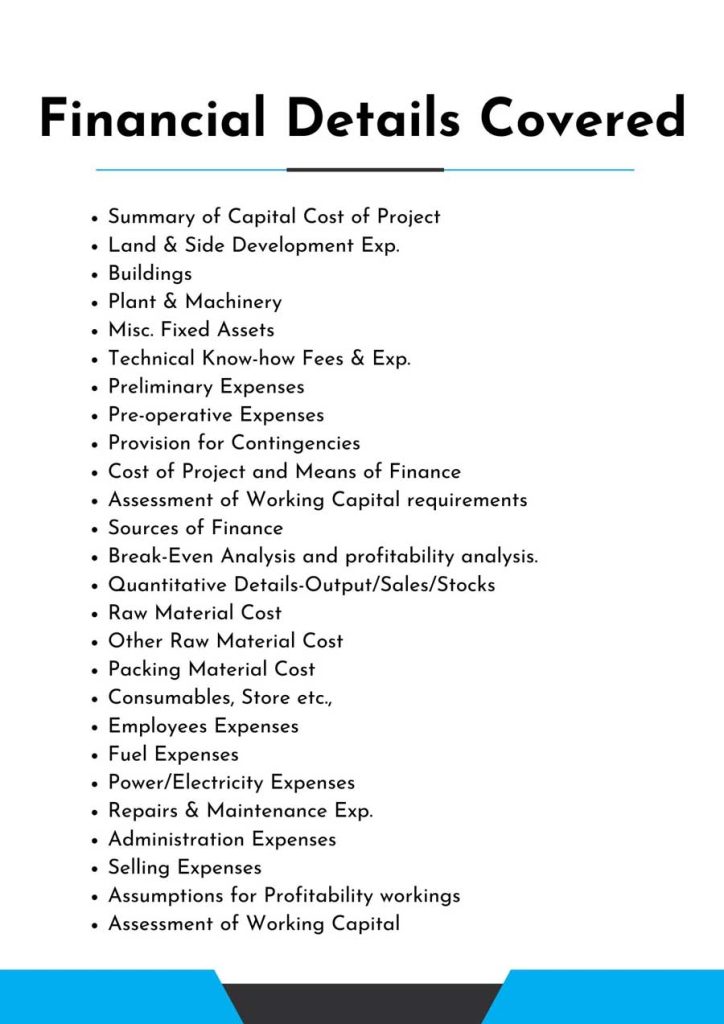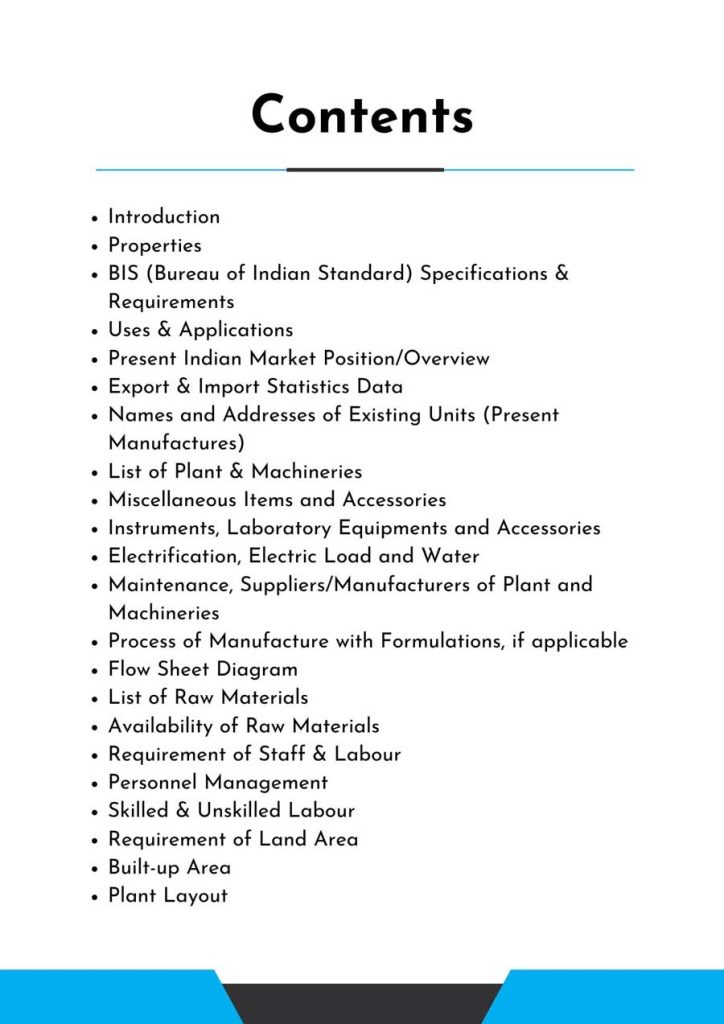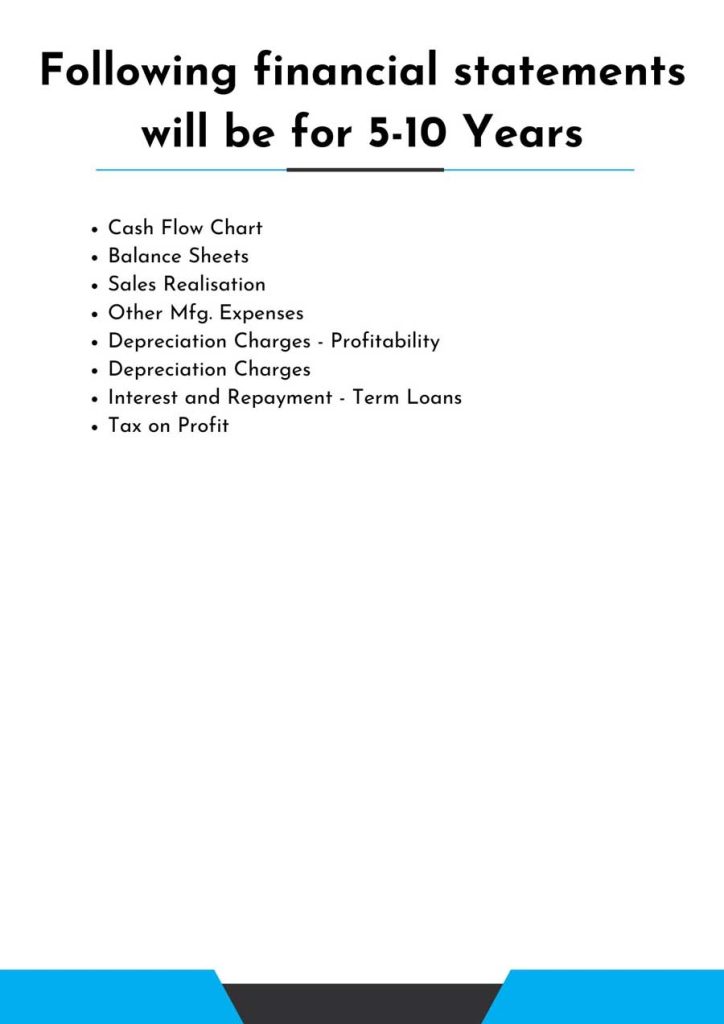Feasibility Report On Shopping Mall
A building or collection of buildings with retail establishments within and connected walkways that make it simple for customers to move from one store to another is called a shopping mall, center, or arcade.
Introduction
Feasibility Report For Shopping Mall.
The idea of a “mall”— a collection of retailers located in one place, maybe covered—has been around for a while and has been advantageous to all facets of society. There have been changes as a result of the construction of large shopping centers that are accessible by automobile and situated outside of the city core, some of which are positive. These kinds of buildings have a tendency to pull people out of the town center, taking away from the city core the energy of activity and trade.
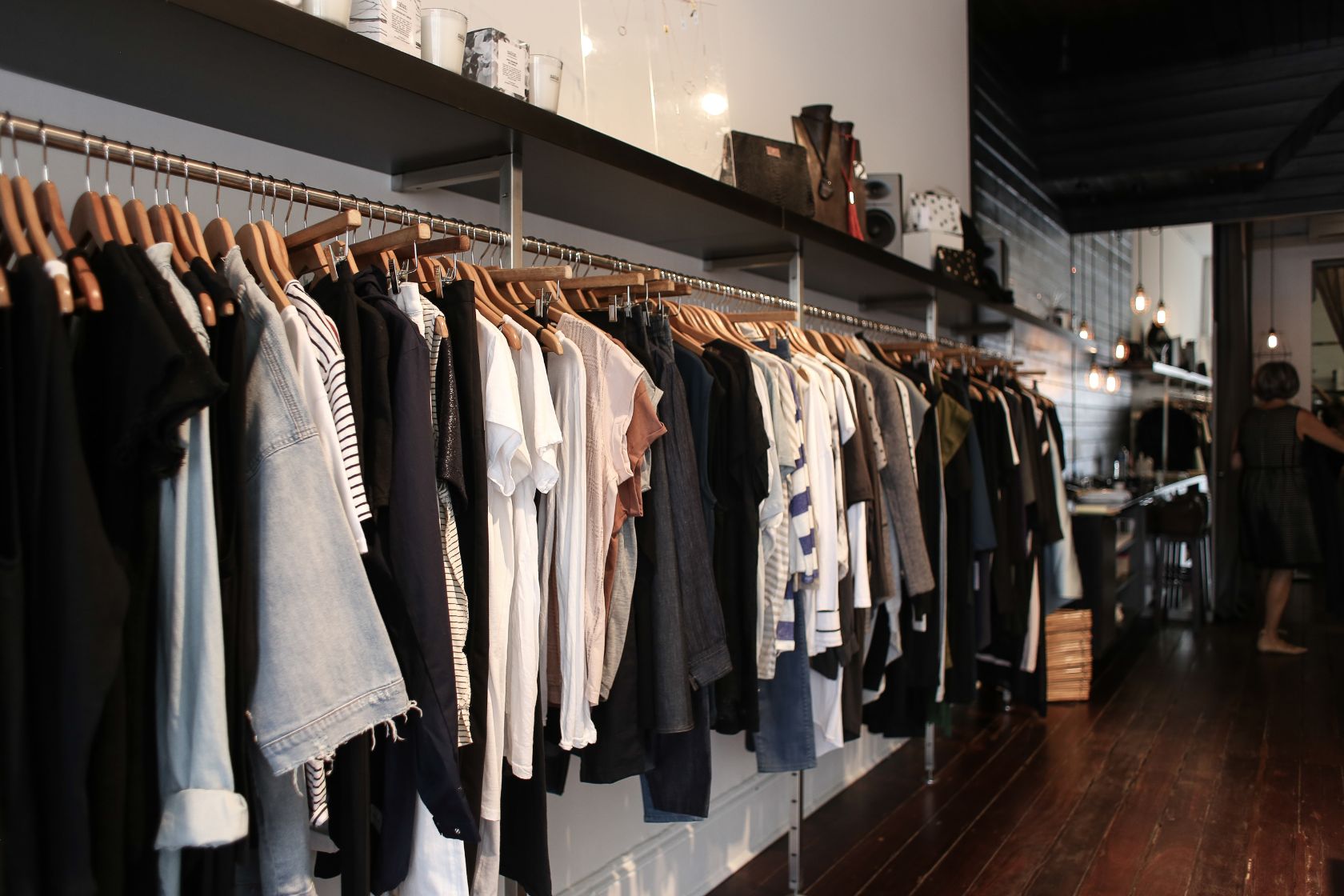
Customers go to small store owners who can’t pay the exorbitant rents that larger malls charge. Large shopping centers are convenient for customers, but the abundance of goods could tempt them to spend more than they can afford. Thus, the mall can be used for good or ill, just like any other technical breakthrough, and the result is decided more by the intentions of those involved than by the actual construction. Malls usually house well-established franchises, making it impossible for new businesses to compete. As malls get larger, customers’ preferences and expectations for stand-alone establishments diminish, which encourages them to buy at these places where they are more likely to spend more money and make impulsive purchases.
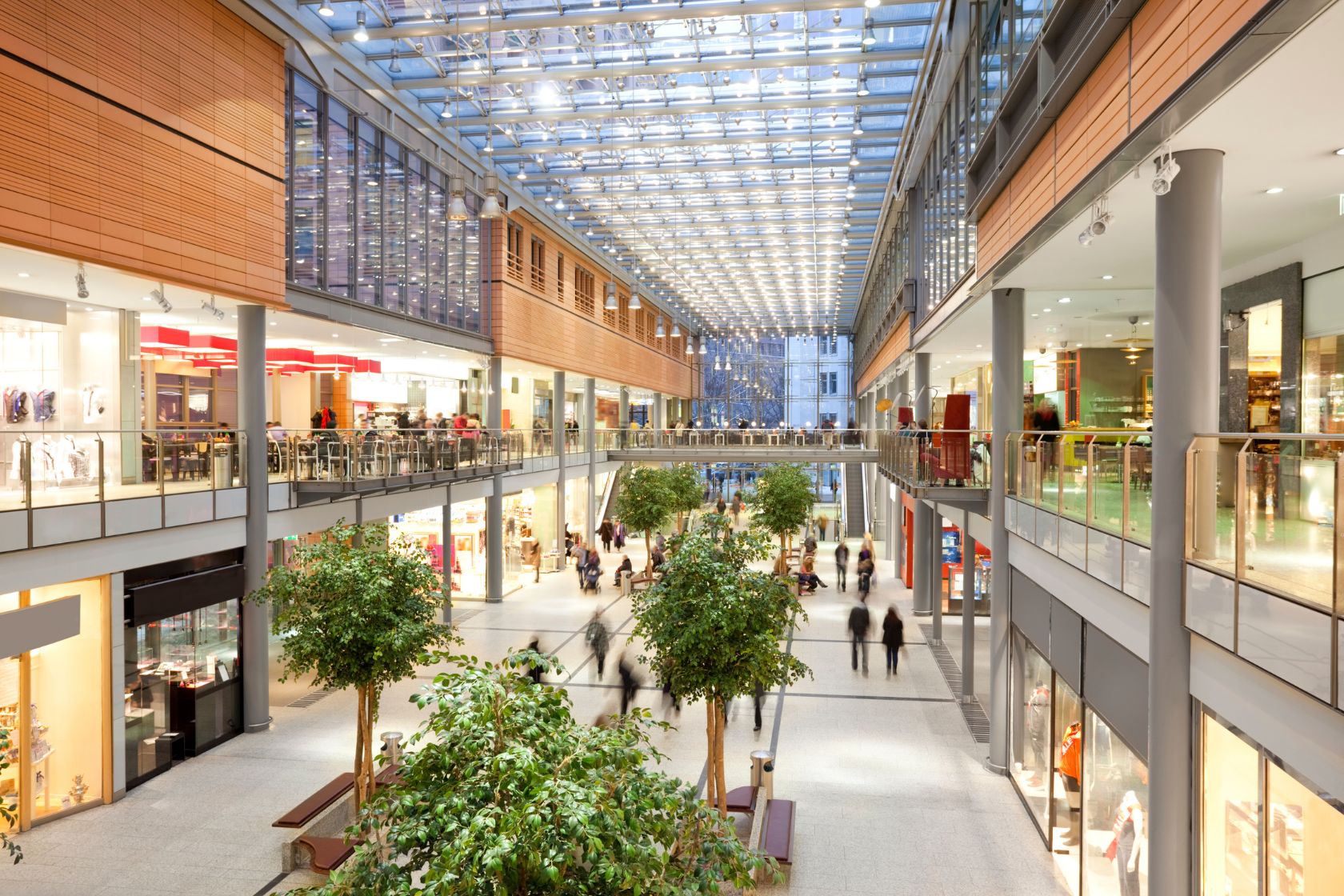
Malls put together well-known franchises and chains to demonstrate to customers what they should like and buy in order to elevate their social standing and attractiveness. Customers go to small store owners who can’t pay the exorbitant rents that larger malls charge. Large shopping centers are convenient for customers, but the abundance of goods could tempt them to spend more than they can afford. Thus, the mall can be used for good or ill, just like any other technical breakthrough, and the result is decided more by the intentions of those involved than by the actual construction.
Feasibility Report Sample On Shopping Mall
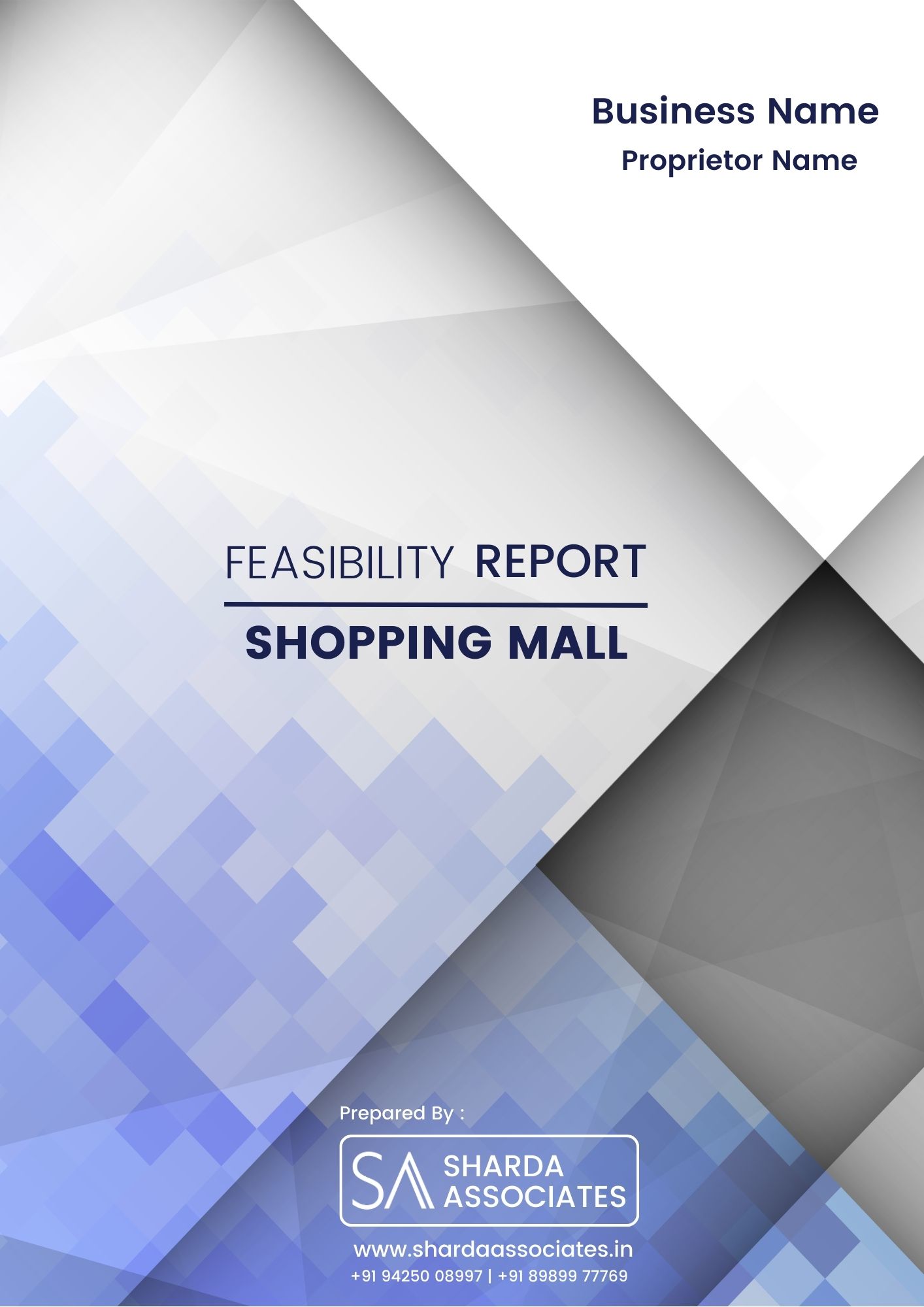


Market Strategy of Shopping Mall
The global shopping mall industry is projected to reach a size of USD 5.57 trillion in 2022 and develop at a compound annual growth rate (CAGR) of 6.0% to reach USD 9.41 trillion by 2031 from USD 5.90 trillion in 2022. (2024–2031).
The worldwide shopping mall market is segmented based on product, type, and geographic factors. Four product categories make up the shopping centers market segmentation: FMCG, Hard Line & Softline, Apparel & Accessories, and Diversified. There are various sorts of retail malls in the market, such as mixed-use complexes, lifestyle malls, outlet malls, neighborhood centers, and regional malls. The shopping center market is divided into the following regions: North America, Europe, Asia Pacific, Middle East and Africa, and Latin America.
Digital connectivity is driving the growing demand for FMCG items among customers in both urban and rural locations. Furthermore, the main drivers of the expansion of the consumer products industry are changing lifestyles, greater access, and growing awareness. The growing global population, rising disposable income, and frequent consumption of essential packaged goods are all considered contributing factors to the segment’s rise. The accessibility of a wide range of food products from different vendors is another important element that significantly raises market income.
